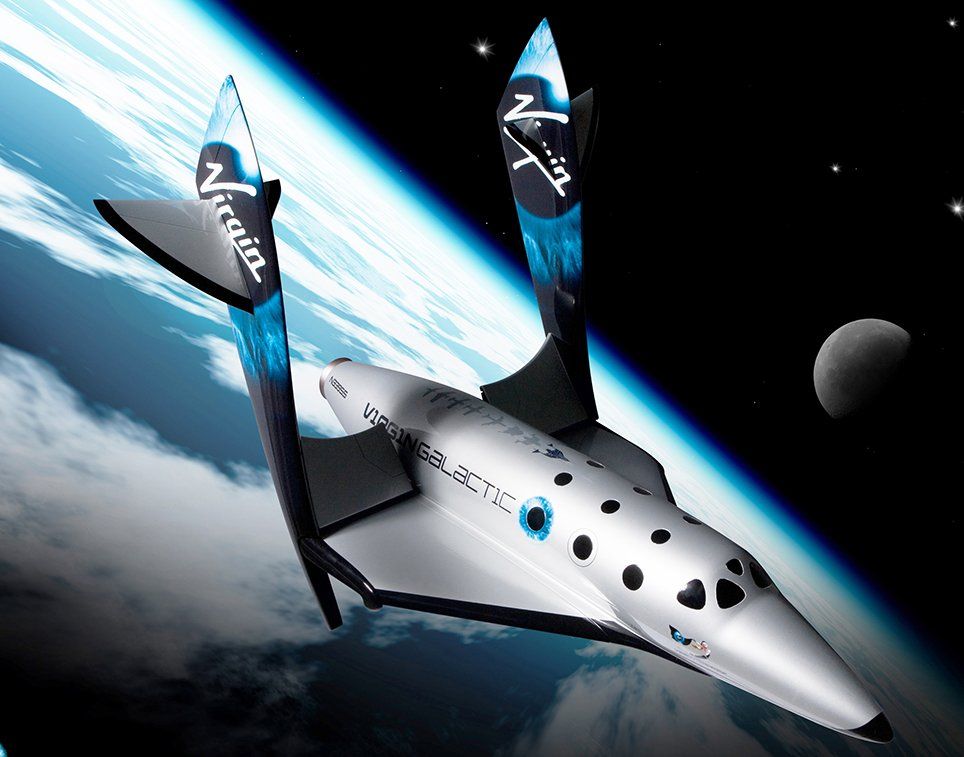
Investigators probing the crash of Virgin Galactic’s SpaceShipTwo are focusing on a potential uncommanded deployment of the vehicle’s unique feathering tail structure designed to create drag and control speed during atmospheric entry. In a press conference Sunday evening, NTSB acting chairman Christopher Hart said that early data indicated the crew activated one of two controls designed to deploy the feathering mechanism but that the tail surfaces appeared to have moved into the entry position before the second control was activated. On Saturday, Hart said initial work at the crash site, whose debris field is about five miles long, suggested SpaceShipTwo suffered an inflight breakup.
SpaceShipTwo took off Friday morning mated to its WhiteKnightTwo mothership and was released at about 45,000 feet on its fourth powered test flight. Shortly after the release, the vehicle suffered an anomaly and either exploded or broke up, killing copilot Michael Tyner Alsbury, 39, and badly injuring command pilot Peter Siebold, 43. Siebold is recovering from his injuries. Although the space plane’s new engine or its oxidizer tanks were the focus of early speculation, the NTSB said both the engine and the tanks were found relatively intact at the crash site.
In-cockpit camera footage revealed that a control designed to unlock the feathering tail booms was activated shortly after release, at about Mach 1.0. Hart said normal procedure calls for the activation at Mach 1.4. SpaceShipTwo’s feathering booms are used in lieu of heat shielding to control vehicle loads and skin heating during atmospheric entry from the space plane’s short, sub-orbital climb. The aerodynamic principle has been compared to the high-drag shuttlecock used in badminton.
Friday’s flight was the first test of a new engine design developed by Scaled Composites that uses solid plastic as a propellant, with nitrous oxide as an oxidizer. Previous flights have used a solid rubber-based fuel. The Los Angeles Times quoted George Whitesides, Scaled’s CEO, as saying the new engine had passed ground tests and was qualified for its flight test. Friday’s accident was not Virgin Galactic’s first mishap. In 2007, during an engine ground test, three engineers were killed when an engine under nitrous oxide cold flow testing exploded.


































